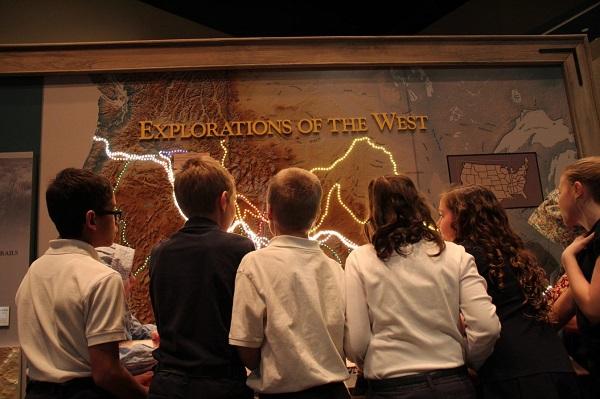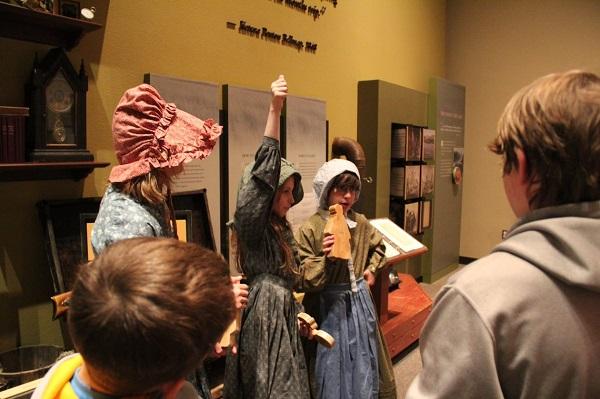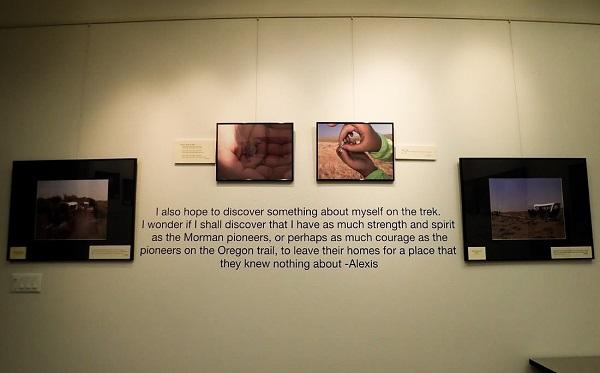Related Stories
- BLM unveils redesigned NEPA Register for easier public access
- 11-year-old Touren Pope discovers ancient turtle fossil on BLM land in Wyoming
- Progress on Public Lands: BLM 2025 Trump Administration Accomplishments | January 20 - December 31, 2025
- Popular posts: BLM's most viewed blogs of 2025
- Smokey Bear joins Mr. & Mrs. Claus to continue LTVA annual toy giveaway
Office
2987 Prospector Drive
Casper, WY 82604-2968
United States
Phone:
Email:




